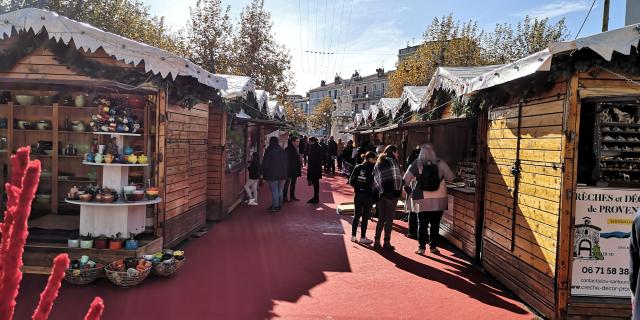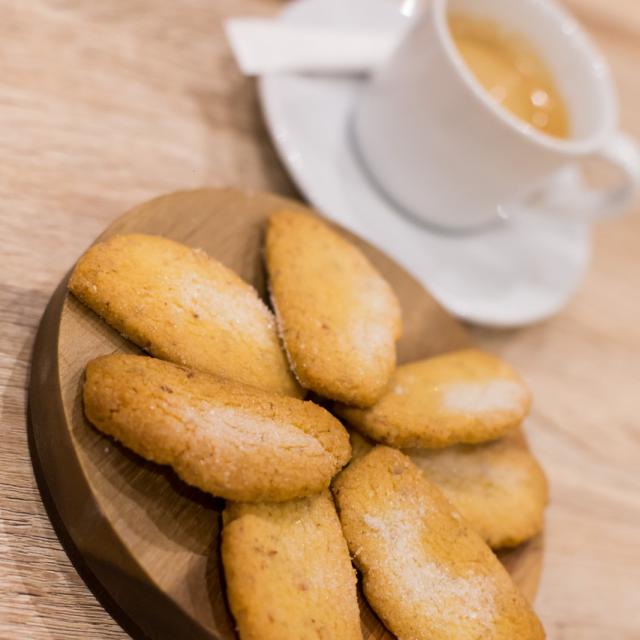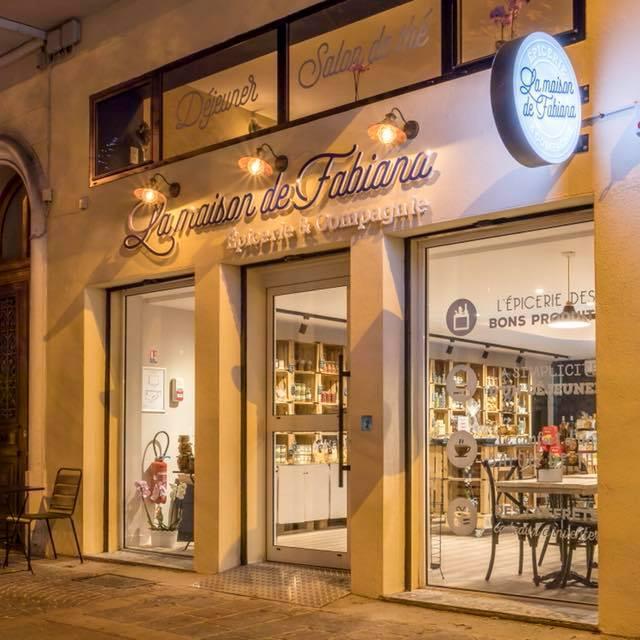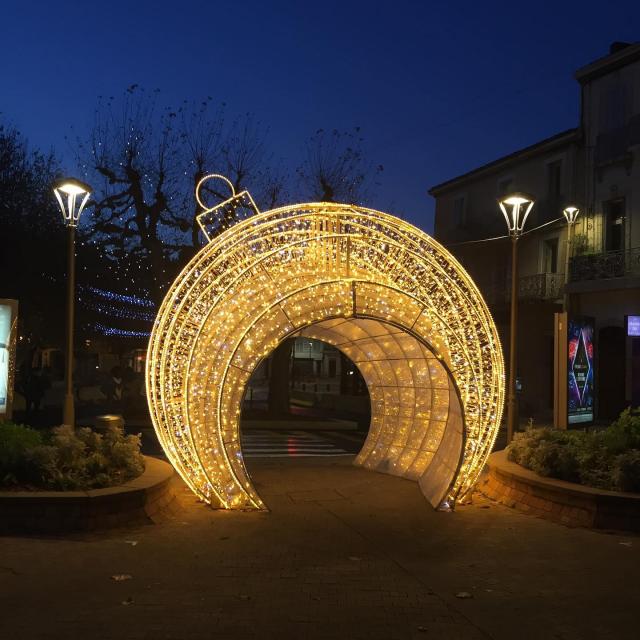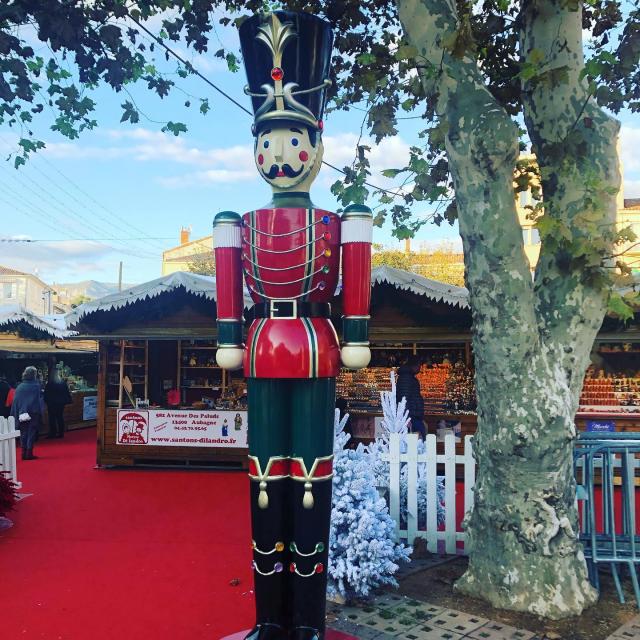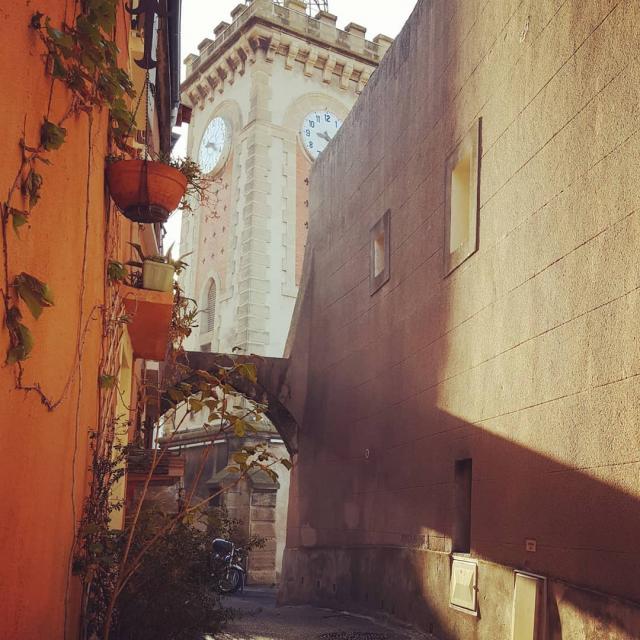On Christmas Eve, we first lay out three white tablecloths, the wheat “sietouns”, the myrtle, the Holly, and The Rose of Jericho, before the dishes of the Big Dinner can be placed on the table.
Most often including seven lean dishes, without meat, according to the social class and each family’s habits, according to availability, to the terroirs and productions, Christmas menus are all different across Provence.
Nevertheless, the best produces will be kept, and the table will be set with snails, cod, mullet, cardoons, celery, vegetable gratin, carding, aioli, omelet, brandade…
After the Big Dinner, it’s time for midnight mass, often celebrated in Provençal language.
The mass is highlighted by a living Nativity scene and Provençal Christmas carols, assited by flutes and tambourines.
This service brings together churchgoers and non-churchgoers, but also anyone who is sensitive to the traditional and folkloric aspect of the worship.
You will experience the ritual of the “Pastrage” (or Shepherding), during which a procession of cherubs, little shepherds, young girls, and drummers will escort a lamb brought “as an Offering” by the shepherds, the lamb will not be sacrificed, but will receive a blessing. At the end of the mass, it will be time to put Baby Jesus in the crib, but mostly time to taste the thirteen desserts, the only abundant moment in the Advent period.
The Thirteen Desserts, that’s a controversial topic for Provençals, because the list of these thirteen desserts changes and evolves according to the regions of Provence, although some of them are unavoidable.
For instance, the people of Aix will prefer the Calissons to the Navettes of Marseille, others will choose the Gibassier (crispy pastry spiced with anis, orange blossom) rather than the Pompe à l’huile (olive oil-based bread), or the Fougasse with orange blossom in the region of Nice.
There are over fifty different desserts throughout Provence, but some of them are essential:
– The Pompe à l’huile, hand broken and served with cooked wine,
– the “four beggars”: dried figs, raisins, almonds and hazelnuts,
– black and white Nougats,
– dates and fruits such as apples, pears, melons and fresh grapes.
To these, may be added: calissons, navettes, quince or fruit paste, mandarins, oranges.
I personally can’t think of a list of thirteen desserts without some homemade Bugnes and Oreillettes!


